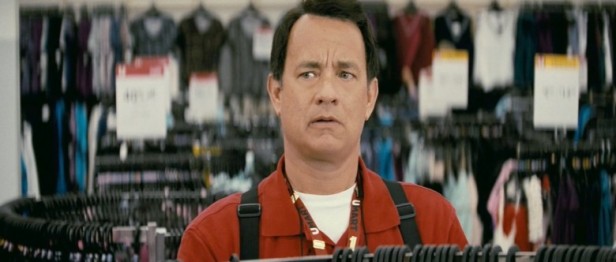Ingmar Bergman’s “Wild Strawberries” is a gorgeous film with a tenderness and spirituality that is universal.

One of the most beloved, critical favorite directors of all time is the Swedish filmmaker Ingmar Bergman. Some of his films are dark and haunting, but most are the most profound, spiritual films ever made.
“Wild Strawberries” is one such of those masterpieces. Made in 1957, the same year as one of his other masterpieces, “The Seventh Seal,” Bergman here follows Dr. Isak Borg (Victor Sjostrom), an aging and lonely professor going on a road trip to accept an honorary degree.
The first post-credits scene is a bizarre and silent dream sequence, one that exists free of time, space and the rules that populate “Inception.” Rather, this is a film that is reflective and contemplative. It has simple characters but reveals deep truths.
Bergman carries us through themes of pain, love, life and loneliness by introducing us to Dr. Isak, his daughter in law Marianne (Ingrid Thulin), and three young travel companions they pick up along the way. Each of them is at critical stages in their lives, and in this long, silent drive they ponder otherwise tough philosophical questions.
The main theme of the film comes out in a touching moment when Marianne reflects on how she departed from her husband, he so cynical and jaded with life that he feels already dead. Why would he want to live in such a terrible world, let alone bring a child into it with his wife, and Isak realizes as he hears this that he is not too different from his son. It is only then that Bergman shows us that removing all the pain in the world from our lives comes at the price of loneliness, leaving us nothing but coldness and death.
In fact, Bergman even explores similar themes of the afterlife as were recently explored in “The Tree of Life” for instance, but he does it so subtly and quaintly, not nearly as epic or grandiose in scale as Malick’s film.
“Wild Strawberries” is a gorgeous film (beautifully shot in black and white by the recently deceased cinematographer Gunnar Fischer) with a tenderness and spirituality that is universal.







